Stir-fried snow peas, with their vibrant green hue and satisfying crunch, are a staple in countless cuisines, from Chinese home cooking to gourmet fusion dishes. Yet, achieving that perfect balance of tender-crisp texture and bright, aromatic flavor requires more than just tossing peas into a hot pan. This comprehensive guide will walk you through the nuances of selecting, preparing, and cooking snow peas to elevate this humble vegetable into a dish that steals the spotlight. Whether you’re a novice cook or a seasoned home chef, these techniques will help you master the art of stir-fried snow peas.
Understanding Snow Peas: More Than Just a Side Dish
Before diving into cooking methods, it’s essential to appreciate what makes snow peas unique. Unlike their cousins, sugar snap peas or garden peas, snow peas (Pisum sativum var. macrocarpon) are prized for their flat, edible pods and underdeveloped peas. Their mild, slightly sweet flavor and crisp texture make them incredibly versatile. In Chinese cuisine, they’re often paired with proteins like shrimp or beef, while in Mediterranean dishes, they might accompany pasta or salads.
Step 1: Selecting and Storing Snow Peas
The foundation of a great stir-fry begins at the grocery store or farmers’ market. Look for snow peas with bright green pods that are firm, not limp. Avoid those with yellowing edges or blemishes, as these indicate age or mishandling. For optimal freshness, store them unwashed in a breathable plastic bag in the refrigerator’s crisper drawer. Use them within 3–5 days for peak flavor and texture.
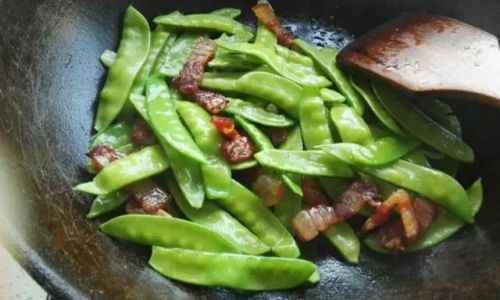
Step 2: Preparing Snow Peas for Stir-Frying
Proper preparation ensures even cooking and enhances the peas’ natural appeal.
- Trimming: Snap off the stem end of each pea and pull the stringy seam along the edge. While some recipes omit this step, removing the strings prevents a fibrous, chewy texture.
- Washing: Rinse the peas under cold water and pat them dry thoroughly. Excess moisture can turn a stir-fry into a soggy mess.
- Slicing (Optional): For visual interest or quicker cooking, slice the peas diagonally into thin strips. This is particularly useful if serving them in a salad or as a garnish.
Step 3: Mastering the Stir-Fry Technique
Stir-frying is a high-heat, quick-cooking method that preserves the vegetables’ vibrant color and nutrients. Here’s how to execute it flawlessly:
Equipment Essentials
- Wok or Large Skillet: A wok’s rounded base and high sides distribute heat evenly, but a heavy-bottomed stainless steel or cast-iron skillet works well too.
- High-Smoke-Point Oil: Peanut, grapeseed, or avocado oil can withstand high temperatures without burning.
- Tongs or a Spatula: For tossing ingredients without damaging the pan’s surface.
Heat and Oil Management
- Preheat the Pan: Heat the wok over medium-high to high heat until a drop of water evaporates instantly. This ensures the peas sear rather than steam.
- Add Oil: Swirl 1–2 tablespoons of oil around the pan to coat the surface. Avoid overcrowding the pan, as this lowers the temperature and leads to steaming.
Cooking the Snow Peas
- Flash-Fry: Toss the peas into the hot oil and stir vigorously for 1–2 minutes. The goal is to lightly char the edges while maintaining their crispness.
- Season Early: Add minced garlic, ginger, or sliced shallots during the first minute to infuse the oil with aromatic flavors.
- Aromatics and Add-Ins: For a complete meal, introduce proteins (shrimp, tofu, or thinly sliced beef) or other vegetables (bell peppers, mushrooms) after the peas have cooked for a minute.
Finishing Touches
- Sauce: A simple sauce of soy sauce, oyster sauce, rice vinegar, and a pinch of sugar elevates the dish. Add it during the final 30 seconds to avoid overcooking.
- Garnish: A sprinkle of toasted sesame seeds, a drizzle of sesame oil, or a handful of fresh herbs (cilantro, mint) adds complexity.
Advanced Techniques for Gourmet Results
- Blanching Before Stir-Frying: For ultra-crisp peas, blanch them in boiling water for 30 seconds, then shock them in ice water. This sets the color and texture before a quick sear.
- Velveting Protein: Marinate meats in a mixture of cornstarch, egg white, and soy sauce to create a silky texture that pairs beautifully with the peas’ crunch.
- Spicy Kick: Add a sliced chili pepper or a dash of chili oil during cooking for heat.
Common Mistakes to Avoid
- Overcooking: Snow peas should retain a slight crunch. Remove them from the heat while they’re still vibrant green.
- Crowding the Pan: Cook in batches if necessary to prevent steaming.
- Skipping the Seasoning: Even a pinch of salt can transform bland peas into something irresistible.
Flavor Variations to Explore
- Garlic and Black Bean: Stir-fry with fermented black beans and plenty of garlic for a savory, umami-rich dish.
- Lemon and Herb: Toss cooked peas with lemon zest, fresh basil, and a knob of butter for a bright side dish.
- Spicy Szechuan: Combine with Szechuan peppercorns, dried chilies, and a splash of Shaoxing wine for a fiery kick.
Pairing Suggestions
Stir-fried snow peas complement a wide range of dishes:
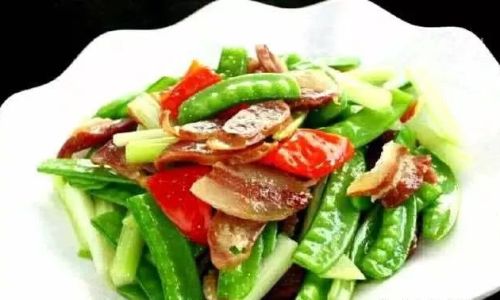
- Proteins: Serve alongside grilled salmon, teriyaki chicken, or crispy tofu.
- Grains: Pair with jasmine rice, quinoa, or fried rice for a hearty meal.
- Noodles: Toss with soba noodles, udon, or lo mein for a quick stir-fry noodle bowl.
Troubleshooting Guide
- Soggy Peas: Ensure the pan is hot enough and avoid adding liquid during cooking.
- Bland Flavor: Amplify seasonings or add a splash of vinegar for acidity.
- Uneven Cooking: Cut peas into uniform sizes and stir frequently.
Conclusion: The Joy of Simple Ingredients
Stir-fried snow peas exemplify the beauty of minimalist cooking—a few fresh ingredients, precise technique, and a dash of creativity can yield extraordinary results. Whether you’re whipping up a quick weeknight dinner or impressing guests at a dinner party, mastering this dish adds a versatile, healthy option to your culinary repertoire. Experiment with flavors, embrace the smoky char of the wok, and savor the satisfaction of transforming humble peas into a restaurant-worthy masterpiece.
With practice, you’ll learn to balance heat, timing, and seasoning to achieve snow peas that are crisp, vibrant, and bursting with flavor. So grab your wok, sharpen your knife, and let the humble snow pea shine—it’s time to stir-fry like a pro.
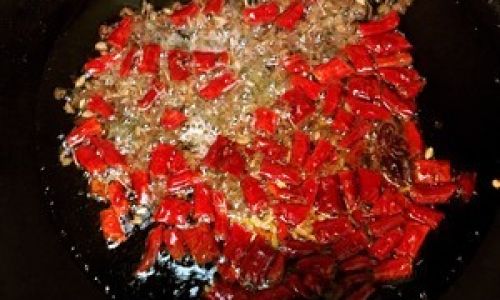
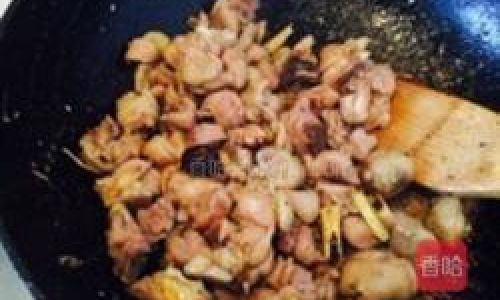
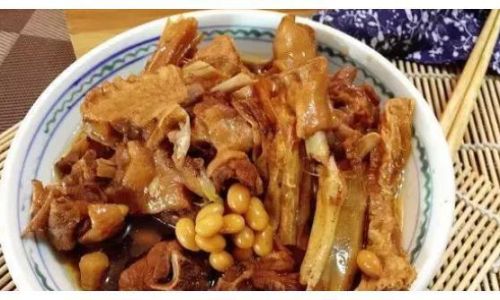
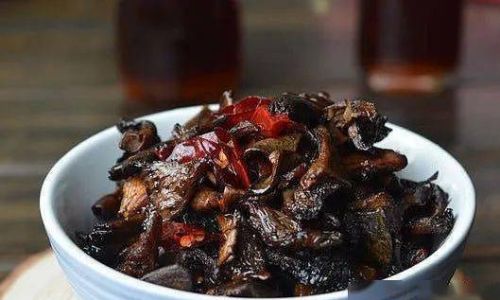
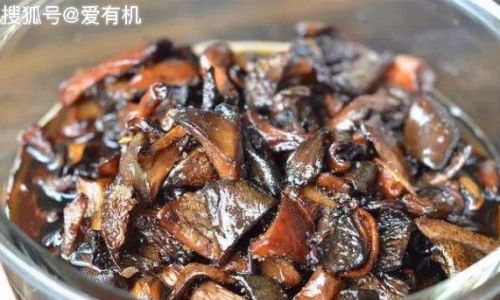
0 comments